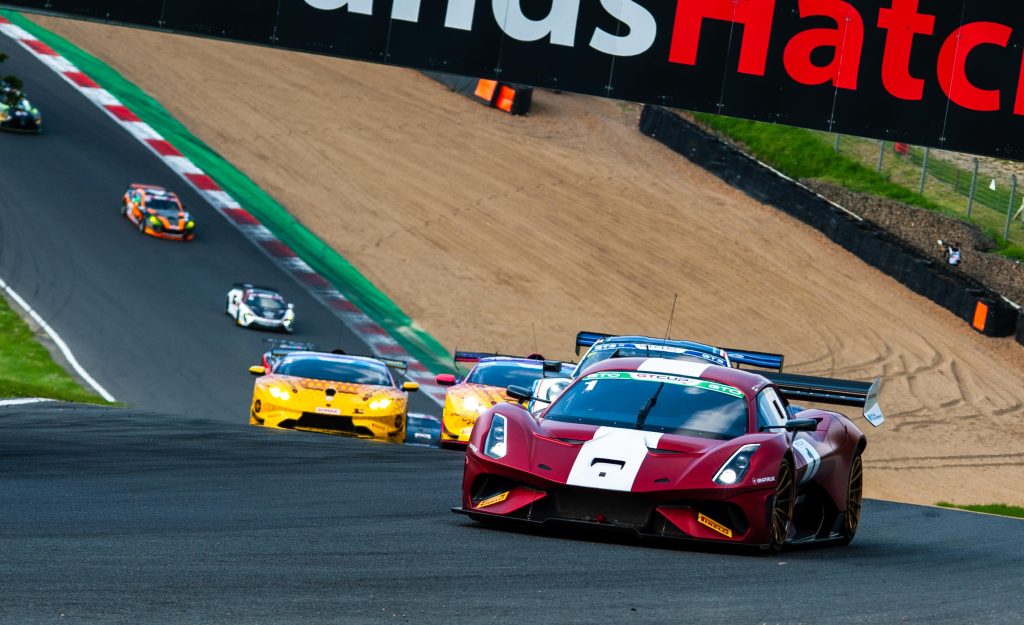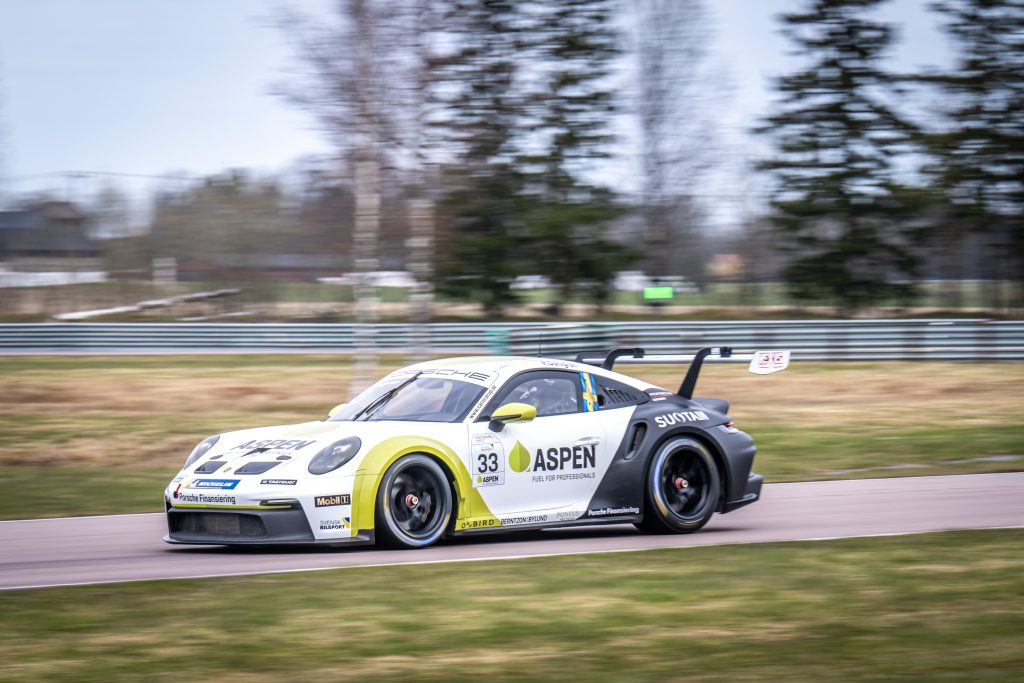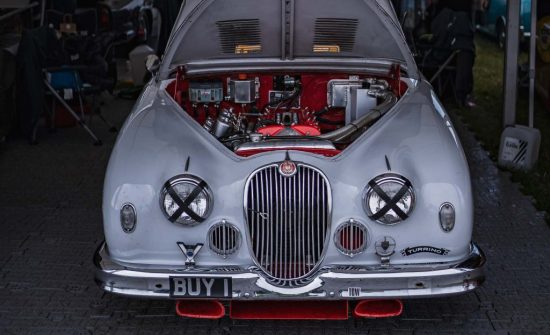Formulated for high-performance engines, race fuels are used throughout the motorsports industry to maximise power output, efficiency and engine performance. But can you mix them with different grades of fuel?
As with many motoring concerns, the answer to this question is not straightforward. This is because it depends on your engine and the fuel you’re using. In this article, we speak with SUSTAIN Director David Richardson to get his thoughts on the matter.
So, David, can you mix race fuel with different fuel grades?
While mixing fuels of any grade is technically possible, it should be approached with caution. This is especially true in the racing community, where you find high-performance engines that may have been tuned or remapped.

What is remapping?
Remapping is a process that involves adjusting the vehicle’s engine control unit (ECU) to improve its power, fuel economy or reduce emissions. It’s also known as chipping or ECU tuning. It’s more common amongst the racing community and car enthusiasts than your everyday motorist, and should always be carried out by professionals.
What is retuning?
The term retuning is typically used when referring to mechanical changes for non-electronic-controlled cars. It achieves similar objectives to remapping, so the two terms are often used interchangeably. However, the processes are different, so it’s good to differentiate.
How does remapping impact your ability to mix fuels?
Before mapping, most engines are designed to work with a range of fuel grades. However, the more you tune the engine, the more restricted the window of suitable fuel becomes. As a result, you have to be far more vigilant about the octane ratings you use. You should also consider variables such as density, distillation and oxygen content. In professional racing, the margin of error you’re afforded can be very small. In fact, for some teams, even using the same fuel product is not accurate enough. So, they stick to the specific batch of fuel their engine is tuned for.
When you mix fuels of different grades without the right expertise and equipment, it’s impossible to calculate the qualities of your final blend or octane rating. This lack of accuracy can be forgiven when your engine is designed for such fluctuations, but if you’ve modified it to run on more specific requirements, you’re at risk of doing serious damage.

Why do drivers consider mixing race fuels with other grades of fuels?
For some, it’s purely a case of logistics. You may have half a tank of regular fuel, but you want to top it up with a race fuel that’s available at a particular event. This could be a great opportunity to try sustainable fuels that are compatible with existing fuel systems (speak to your fuel supplier to check this).
For others, it’s a case of trying to optimise their performance without paying for a full tank of racing fuel (as race fuel tends to be more expensive). Fuels with higher octane ratings can perform better and offer more resistance to knocking. As such, some people will add racing fuel (let’s say a 110 octane) to regular fuel (usually around 95 octane) to get an octane rating that falls somewhere between the two.
There are a couple of points to make here.
- Efficiency: Firstly, this isn’t necessarily an efficient approach given the cost of race fuel and the limited performance uptake this set-up would deliver.
- Relevance: It’s important to note that low-compression engines don’t need higher octanes. So, you could be spending more than you need to without getting any results. You can check your vehicle’s manual to find the manufacturer’s recommendation on the fuel you should use.
- Potential damage: As we’ve mentioned above, some engines are tuned to work with a specific set of fuel grades. When you mix products yourself, you don’t know what the final grade will be. That’s a big risk to take.
- Contents: Most fuels over 105 octane use lead or very high ethanol levels, which may not be suitable for your car’s components.
When should I avoid mixing race fuel and regular fuel?
Whilst we advise all drivers to seek expert advice before mixing race fuel and regular fuel grades, the following factors make vigilance even more critical.
- Sensitive engines: High-compression, tuned or forced-induction engines that are sensitive to fuel properties.
- Racing regulations: Applications where fuel consistency is critical, for example, competitive racing under strict regulations.
- Compatibility: Situations where you are unsure of fuel compatibility.

What factors should I consider when mixing fuels?
Some of the other factors you should consider when mixing fuels include:
- Octane rating: If you’re going to mix different fuel grades, as a general rule, use a higher-octane fuel than that which is recommended for your vehicle. Using a lower-octane fuel could cause damage to your engine.
- Race fuel compatibility: Race fuels and pump fuels may use different additives. Mixing them could lead to chemical incompatibilities, causing issues such as fuel separation and injector clogging.
- Oxygenation: Some race fuels are oxygenated, meaning they contain compounds that increase oxygen content for better combustion. Mixing with non-oxygenated fuels may dilute this effect and require adjustments to the air-fuel ratio.
- Engine tuning: As we’ve mentioned above, high-performance engines are typically tuned for specific fuel properties (e.g., octane, energy density, burn rate). Mixing fuels may require retuning to ensure optimal air-fuel mixture and timing. Running an engine with mismatched fuel can lead to detonation or reduced power.
- Regulations: Many racing series have strict fuel rules. Mixing fuels may lead to non-compliance, especially if the resulting blend alters the chemical fingerprint of the fuel or the volume of sustainable content.
- Ethanol content: Ethanol can absorb water, which can create issues if mixed with non-ethanol fuels. You should ensure the ethanol content in the mix is consistent with engine requirements.
- Veteran, vintage and classic vehicles: Older racing cars or bikes require specific fuel technologies to support and protect their engines. As such, you need to be extra careful when exploring any blend. You can read more about the difference between racing and classic fuels here.
What are the best practices and safety measures for mixing fuel grades?
If you’ve decided to mix fuels, you must have the correct safety equipment such as gloves, eyewear, spill kits and a fire extinguisher to hand. You should also ensure the area you’re working in is properly ventilated.
Further guidance includes:
- Consulting the manufacturer: Check with the race fuel manufacturer for compatibility and recommendations.
- Starting small: Mix in small quantities and test before committing to a large batch.
- Monitoring engine performance: Use tools like a wideband O2 sensor or knock detection to ensure the engine is running safely.
- Storing properly: Store the mixed fuel in a clean, sealed container to prevent contamination or separation. The full Government’s Petroleum (Consolidation) Regulations 2014 can be read here.
In summary, while mixing race fuels with regular fuels can be done, we always recommend consulting a professional tuner or fuel supplier for guidance. Getting your fuel blend wrong can have serious implications, including detonation, so it’s something you should give serious consideration to before taking any action.





